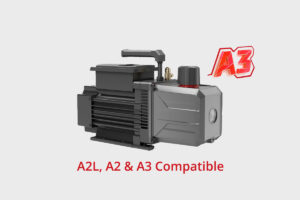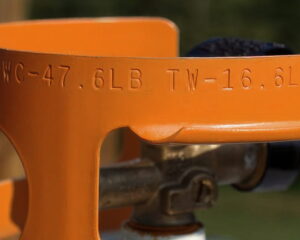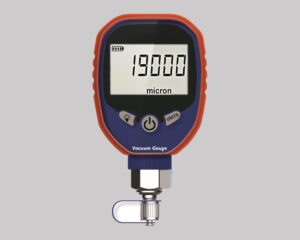Ever wondered about the "Freon" in your AC? The world of refrigerants is a complex story of innovation driven by environmental crisis. Sticking with outdated refrigerants is not just inefficient; it is illegal and harmful. I will guide you through this critical evolution.
The evolution of refrigerants is a journey from ozone-depleting substances like CFCs to greener alternatives. This progression is driven by global regulations aimed at minimizing two key environmental impacts: Ozone Depletion Potential (ODP) and Global Warming Potential (GWP).
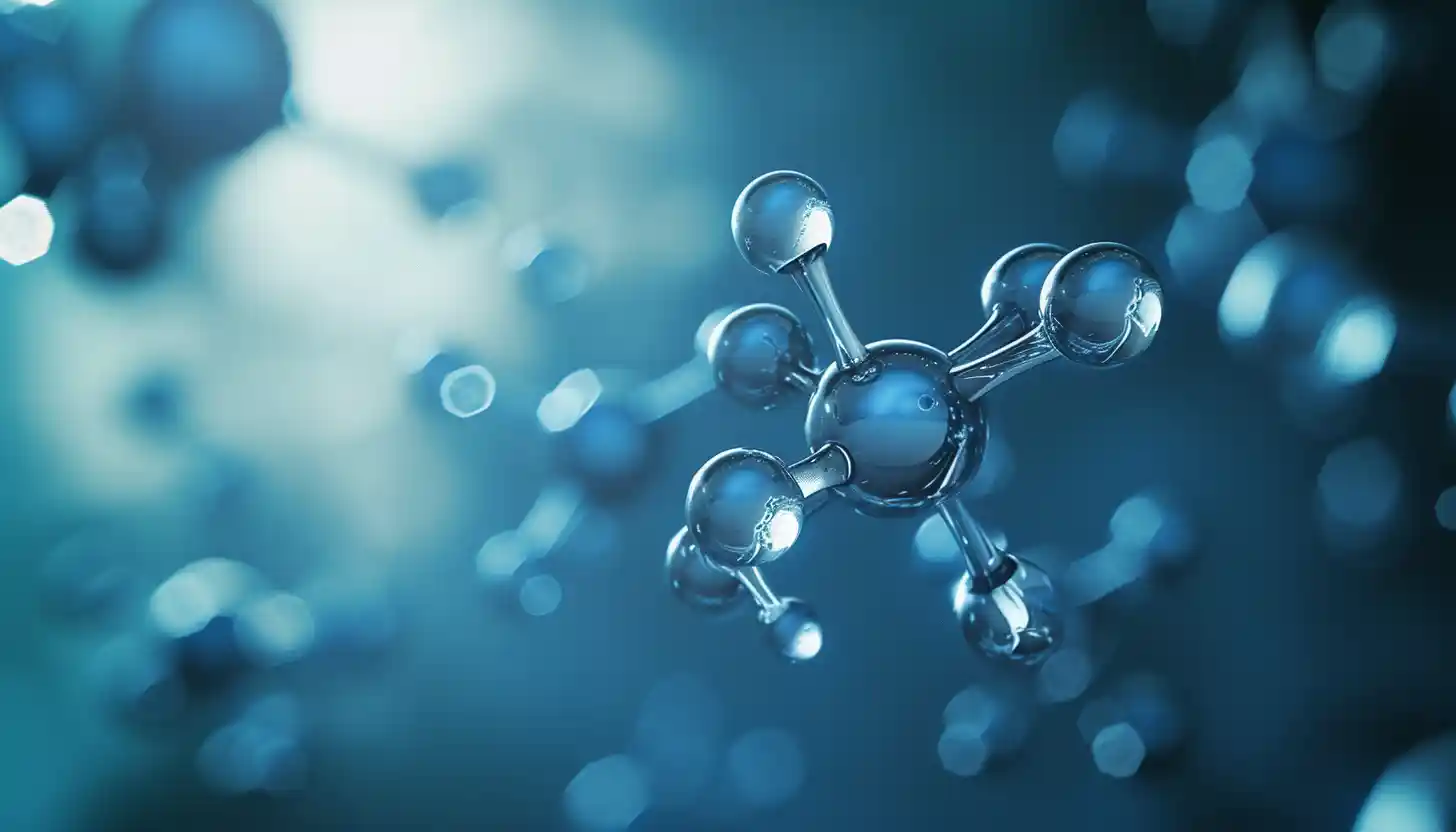
After a decade in the industrial equipment sector, I have seen firsthand how regulations shape technology. The mandatory recovery of refrigerants in developed nations is a direct result of the history we are about to explore. This is not just a technical story; it is a story about global responsibility and how an entire industry was forced to change for the better.
What Environmental Issue is Associated with Refrigerants?
Thinking the only job of a refrigerant is to keep you cool? For decades, the chemicals we used had a dark secret, causing invisible but severe damage to our planet. I will explain the two critical environmental problems they create.
The two primary environmental issues associated with HVAC refrigerants are ozone layer depletion, caused by chlorine-containing CFCs and HCFCs, and global warming, caused by the high heat-trapping ability (GWP) of both older and newer synthetic refrigerants.
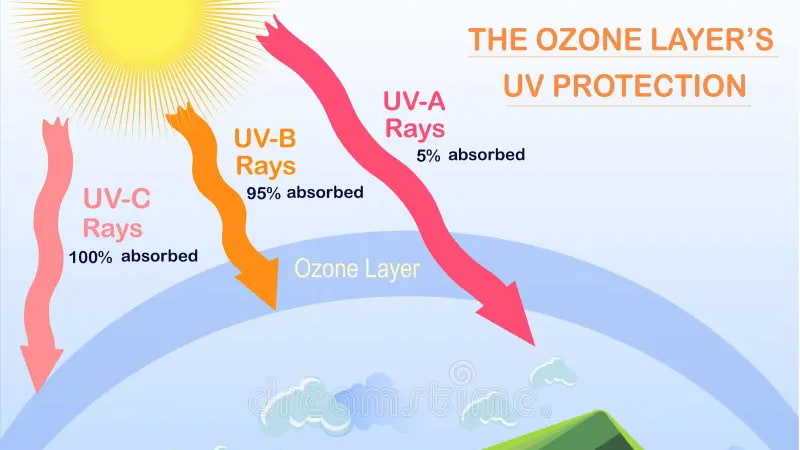
For many years, the primary concern with refrigerants was their impact on the ozone layer. Chlorofluorocarbons (CFCs), like the original Freon (R-12), and later Hydrochlorofluorocarbons (HCFCs) like R-22, contain chlorine. When these refrigerants leak into the atmosphere, ultraviolet radiation breaks them down, releasing chlorine atoms. A single chlorine atom can destroy thousands of ozone molecules, thinning the Earth’s protective ozone layer that shields us from harmful UV radiation. This impact is measured by a substance’s Ozone Depletion Potential (ODP).
As we began phasing out these ozone-depleting substances, another major issue came into focus: global warming. Many refrigerants, including the HFCs that replaced CFCs, are potent greenhouse gases. Their ability to trap heat in the atmosphere is measured by their Global Warming Potential (GWP), which compares their impact to that of Carbon Dioxide (CO2). For example, a common refrigerant like R-134a has a GWP of over 1,400, meaning it is 1,400 times more effective at trapping heat than CO2 over a 100-year period. This has driven the industry’s most recent evolution towards low-GWP alternatives.
Here’s how common refrigerants stack up on these two metrics:
| Refrigerant | Type | ODP (Ozone Depletion) | GWP (Global Warming) |
|---|---|---|---|
| R-12 | CFC | High (1.0) | Very High (10,900) |
| R-22 | HCFC | Low (0.05) | High (1,810) |
| R-134a | HFC | Zero (0) | High (1,430) |
| R-1234yf | HFO | Zero (0) | Ultra-Low (<1) |
What Events Led to the Replacement of CFCs as Refrigerants?
Ever wonder why we suddenly stopped using the original "Freon"? It was not a voluntary choice; it was a global response to an environmental emergency. I will explain the landmark event that changed everything.
The discovery of the Antarctic ozone hole in the 1980s provided undeniable proof of ozone depletion, leading directly to the 1987 Montreal Protocol. This landmark international treaty mandated the worldwide phase-out of CFCs and later HCFCs to protect the ozone layer.
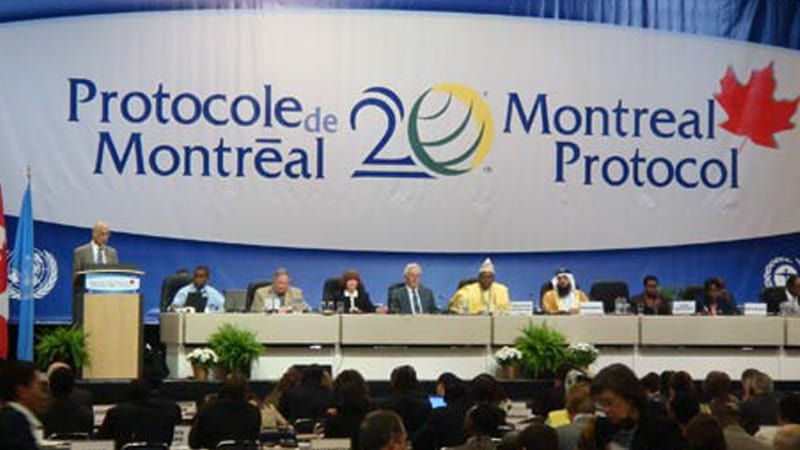
The turning point in the history of refrigerants was the Montreal Protocol on Substances that Deplete the Ozone Layer, signed in 1987. This was not just another environmental conference; it is widely regarded as one of the most successful international agreements ever enacted.
In the 1970s and early 1980s, scientists had hypothesized that CFCs could damage the ozone layer, but the discovery of a massive "hole" in the ozone layer over Antarctica provided the shocking, tangible evidence the world needed to act. The science was clear: our use of CFCs in everything from aerosol cans to air conditioners was creating a global crisis. The Montreal Protocol brought nations together to create a legally binding timeline to phase out the production and consumption of these harmful chemicals. It first targeted the most damaging CFCs (like R-12) and later established phase-out schedules for the less damaging but still harmful HCFCs (like R-22).
This treaty fundamentally reshaped the HVAC and chemical industries, forcing them to innovate and find alternatives. It is the reason why R-12 is no longer used and why R-22 has been phased out in new equipment in many parts of the world. My experience with mandatory refrigerant recovery is a direct consequence of this protocol; it made responsibly handling these chemicals a global legal requirement.
Here’s a simplified timeline of the refrigerant phase-out:
| Period | Key Event | Refrigerants Targeted |
|---|---|---|
| 1970s-1980s | Scientific discovery of ozone depletion | Initial concern over CFCs |
| 1987 | Montreal Protocol signed | CFCs (e.g., R-12) scheduled for phase-out |
| 1990s | Protocol strengthened, HFCs like R-134a emerge | CFC production ends in developed countries |
| 2000s-2020s | Focus shifts to HCFCs and GWP | HCFCs (e.g., R-22) phase-out, Kigali Amendment targets HFCs |
Why Was R-134a Considered an Eco-Friendly Refrigerant?
You may have heard R-134a called "eco-friendly," but now it is being phased down. Was it a mistake? I will explain its crucial role as a transitional refrigerant and why its "eco-friendly" status was only half the story.
R-134a was considered eco-friendly at the time of its introduction because it has an Ozone Depletion Potential (ODP) of zero. As an HFC, it contains no chlorine and therefore does not damage the ozone layer, making it a successful replacement for ozone-depleting CFCs like R-12.
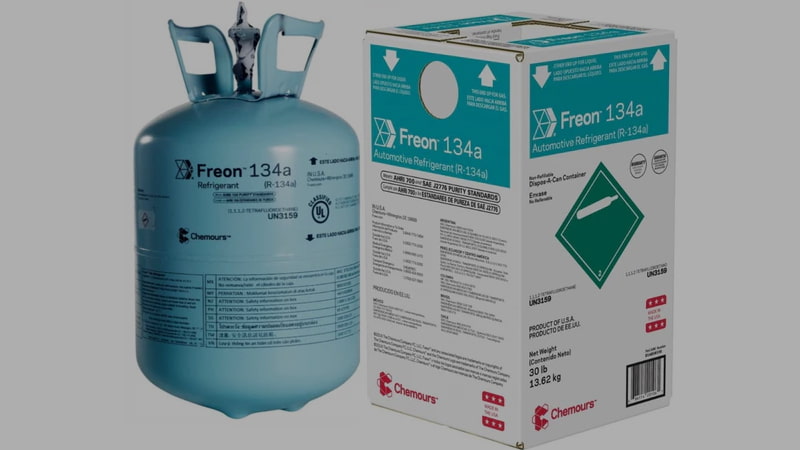
After the Montreal Protocol banned CFCs, the industry was in a race to find a replacement. The primary goal was to eliminate the ozone-depleting chlorine atom. This led to the widespread adoption of Hydrofluorocarbons (HFCs), with R-134a becoming the new standard, especially in automotive air conditioning.
From the perspective of the ozone crisis, R-134a was a massive success and a truly "eco-friendly" step forward. Its chemical structure contains no chlorine, giving it an Ozone Depletion Potential (ODP) of 0. It completely solved the problem it was designed to fix. This is why for many years, it was marketed as a safe, environmentally friendly alternative to the old CFCs.
However, as the focus of environmental science expanded from ozone depletion to global warming, the other side of the story emerged. While R-134a is safe for the ozone layer, it is a potent greenhouse gas. It has a Global Warming Potential (GWP) of 1,430, meaning it is 1,430 times more powerful at trapping heat than carbon dioxide. So, while it solved one major environmental problem, it contributed significantly to another. This realization has led to the current push to phase down HFCs like R-134a in favor of new, low-GWP alternatives. R-134a was not a mistake; it was a crucial bridge technology that solved an immediate crisis while paving the way for the next generation of even greener refrigerants.
Here’s how R-134a compared to the CFC it replaced:
| Feature | R-12 (The Old CFC) | R-134a (The HFC Replacement) | The Verdict |
|---|---|---|---|
| ODP (Ozone Impact) | 1.0 (High) | 0 (Zero) | Huge Improvement |
| GWP (Warming Impact) | 10,900 (Very High) | 1,430 (High) | Improvement, but still a problem |
What is the Most Environmentally Friendly Refrigerant Today?
Looking for the greenest way to stay cool? The future of refrigerants is here, with options that have virtually no impact on the climate or ozone. I will show you the leading eco-friendly innovations.
The most environmentally friendly refrigerants available today are Hydrofluoroolefins (HFOs) like R-1234yf, and natural refrigerants like CO2 (R-744) and Propane (R-290), all of which have zero ODP and an ultra-low GWP, often less than 1.
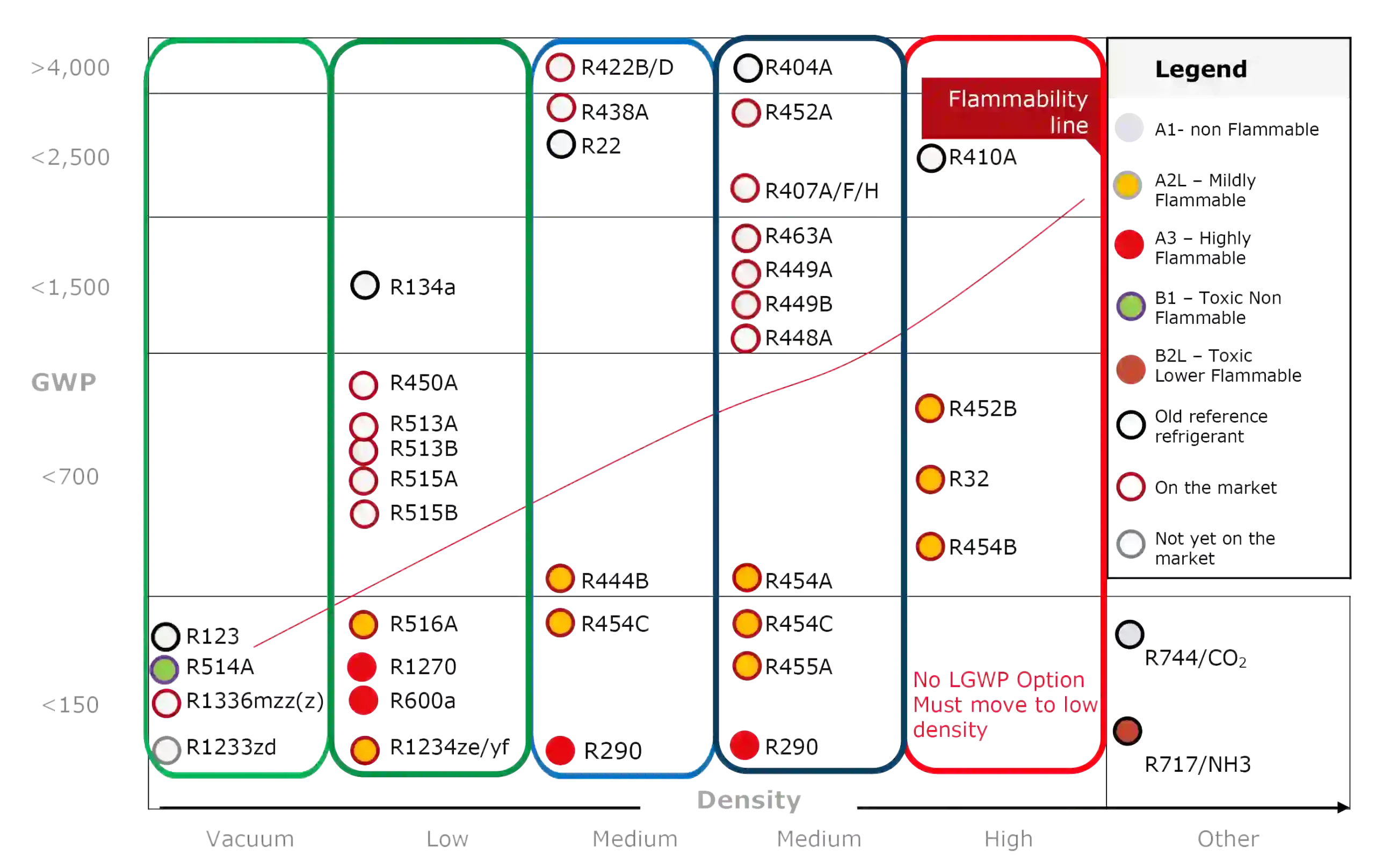
The ongoing quest for the perfect refrigerant has led us to the current generation of truly eco-friendly options. These substances are designed to have both zero ODP and an ultra-low GWP.
Hydrofluoroolefins (HFOs): This is the newest class of synthetic refrigerants. The key innovation is that HFO molecules are designed to break down very quickly in the atmosphere—in a matter of days rather than years. This short atmospheric lifetime means they have a negligible impact on global warming. The most prominent HFO is R-1234yf, which has a GWP of less than 1 and has become the new standard for automotive AC, replacing R-134a.
Natural Refrigerants: There is also a strong movement towards using naturally occurring substances as refrigerants. These have been around for a long time but are seeing a major resurgence due to their excellent environmental profiles.
- CO2 (R-744): Carbon dioxide has a GWP of exactly 1 (the baseline) and zero ODP. It is non-toxic and non-flammable, but it operates at extremely high pressures, requiring specialized, robust system components. It is becoming popular in commercial refrigeration.
- Propane (R-290): Propane is an excellent refrigerant with a GWP of only 3 and zero ODP. It is highly efficient, but its main drawback is its flammability (it is an A3 refrigerant), which limits the charge size allowed in many applications and requires strict safety protocols.
The "best" choice today often depends on the application, balancing environmental impact with safety, efficiency, and cost.
Here are the top eco-friendly options:
| Refrigerant | Type | ODP | GWP | Key Advantage | Key Challenge |
|---|---|---|---|---|---|
| R-1234yf | HFO | 0 | <1 | Low-pressure, direct replacement feel | Mildly flammable (A2L), cost |
| CO2 (R-744) | Natural | 0 | 1 | Non-flammable, non-toxic | Extremely high operating pressures |
| Propane (R-290) | Natural | 0 | 3 | Highly efficient, low cost | Highly flammable (A3) |
Final Thoughts
The evolution of HVAC refrigerants is a powerful story of scientific discovery and global cooperation. From damaging CFCs to modern, eco-friendly HFOs and natural alternatives, the industry continues to innovate, driven by the critical need to protect our planet.


